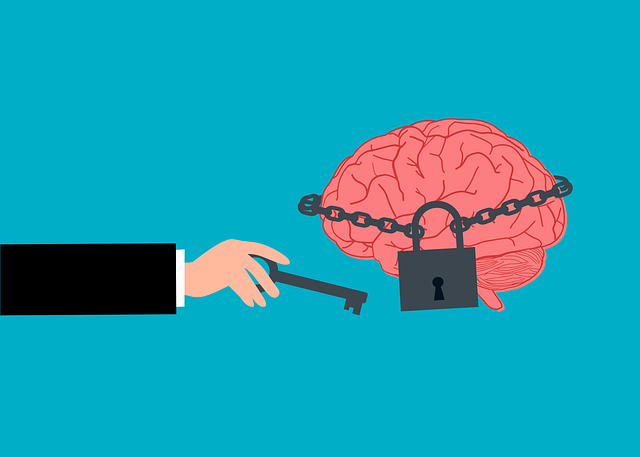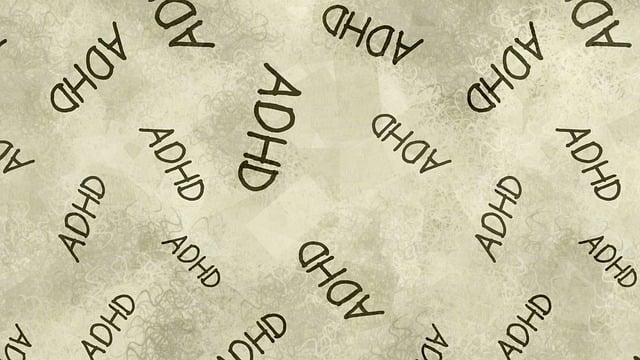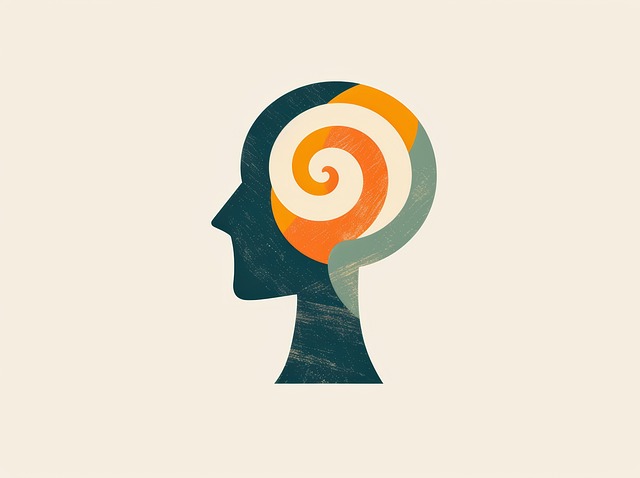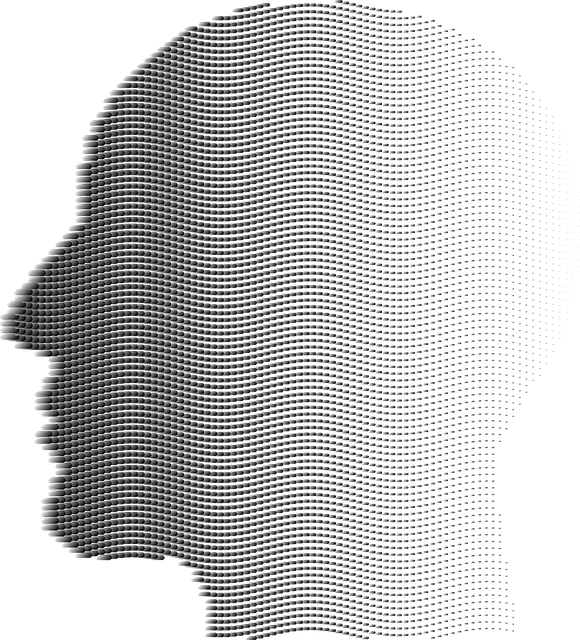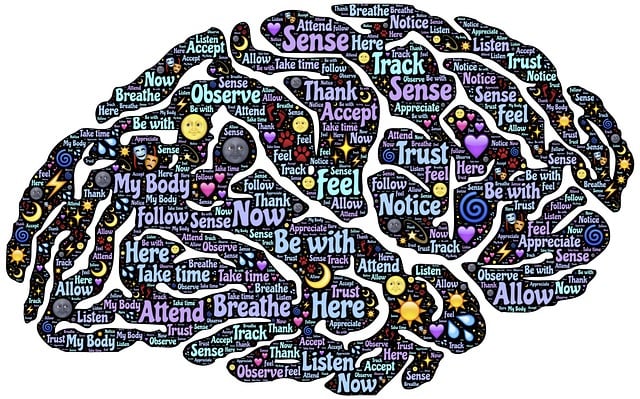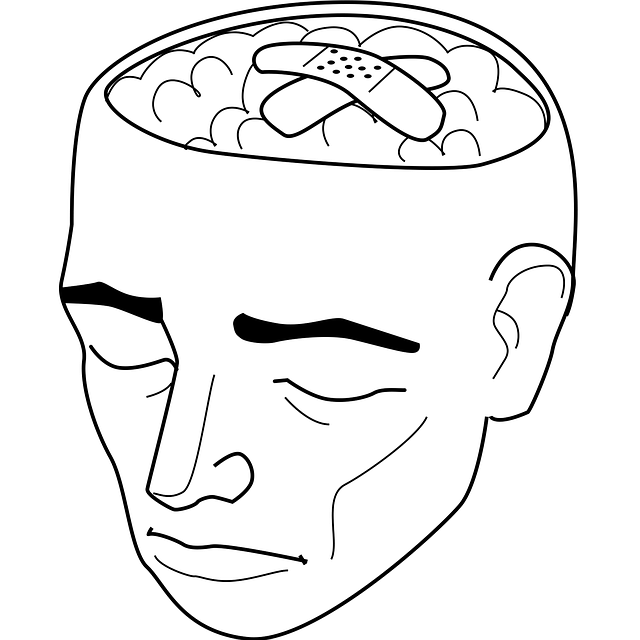Treating PTSD in adolescent teens requires specialized therapies like TF-CBT and EMDR, along with stress reduction techniques and resilience building. Therapeutic apps should integrate CBT, mindfulness, and exposure therapy, leveraging teen engagement through gamification. Key features include self-care routines, coping strategies, and user-driven feedback for improvement. Balancing data security and user experience is crucial, alongside cultural competency training for healthcare providers to address diverse needs. Focus on holistic mental wellness through evidence-based practices and positive thinking exercises.
In today’s digital age, mental wellness apps offer a promising approach to supporting adolescent health, particularly in addressing post-traumatic stress disorder (PTSD). This article explores the development of effective therapy apps tailored for teens. We delve into understanding the unique mental health challenges faced by adolescents, focusing on PTSD. By examining design principles and considerations for user success, including implementation strategies, privacy measures, and supportive features, we aim to illuminate the potential for app-based interventions in this critical age group.
- Understanding Adolescent Mental Health and PTSD
- Designing Effective Therapy Apps for Teens
- Implementation, Privacy, and Support for User Success
Understanding Adolescent Mental Health and PTSD

Adolescent mental health is a critical aspect that demands heightened awareness and tailored interventions. Teenagers, navigating through a period of significant brain development and identity formation, are susceptible to various mental health challenges. Among these, Post-Traumatic Stress Disorder (PTSD) has emerged as a growing concern among adolescents, often stemming from traumatic experiences such as abuse, neglect, or violent events. Recognizing the unique needs of this demographic is paramount in addressing their psychological well-being.
The impact of PTSD on teens can be profound, affecting not only their emotional and cognitive functions but also impairing social interactions and academic performance. Effective therapy for adolescent teens with PTSD involves specialized approaches that focus on trauma-focused cognitive behavioral therapy (TF-CBT) and eye movement desensitization and reprocessing (EMDR). These evidence-based methods aim to facilitate healing by helping individuals process traumatic memories, manage symptoms of anxiety and depression, and develop resilience. Additionally, stress reduction techniques, self-esteem improvement strategies, and building resilience can significantly contribute to the holistic mental wellness of adolescents.
Designing Effective Therapy Apps for Teens

Designing effective therapy apps for teens is a specialized task given the unique needs and challenges faced by this age group. Apps targeting adolescent teens with post-traumatic stress disorder (PTSD) should incorporate evidence-based practices such as cognitive behavioral therapy (CBT), mindfulness exercises, and exposure therapy. Engaging interfaces that cater to teen preferences, like gamification elements or social interaction features, can enhance user adherence.
Self-care routine development for better mental health is a key aspect these apps should emphasize. By teaching teens coping strategies, relaxation techniques, and healthy habits, these platforms can empower them to manage their PTSD symptoms proactively. Additionally, burnout prevention strategies for healthcare providers using trauma support services can be integrated into app features, ensuring professionals are equipped to offer the best care while avoiding exhaustion.
Implementation, Privacy, and Support for User Success

Implementing a mental wellness app requires careful consideration of user experience and privacy. One key aspect is ensuring secure data storage and transmission to protect sensitive information shared by users, especially adolescents who may be vulnerable to post-traumatic stress disorder (PTSD). Users need to feel confident that their conversations and personal details are confidential.
Support for user success goes beyond robust security measures. It includes intuitive design, accessible features catering to diverse needs, and regular updates based on user feedback. Incorporating positive thinking exercises or mindfulness techniques can enhance the app’s effectiveness in improving mental health awareness among teens. Moreover, integrating cultural competency training for healthcare providers who interact with users through the app ensures a more inclusive and supportive environment, addressing potential cultural barriers to therapy.
Mental wellness app development plays a pivotal role in addressing critical issues like Post-Traumatic Stress Disorder (PTSD) among adolescent teens. By understanding their unique mental health challenges, we can design effective therapy apps tailored to their needs. Implementation strategies that prioritize user privacy and offer robust support systems are essential for ensuring success and fostering positive outcomes. With the right approach, these digital tools have the potential to revolutionize access to quality care for young individuals facing PTSD.

